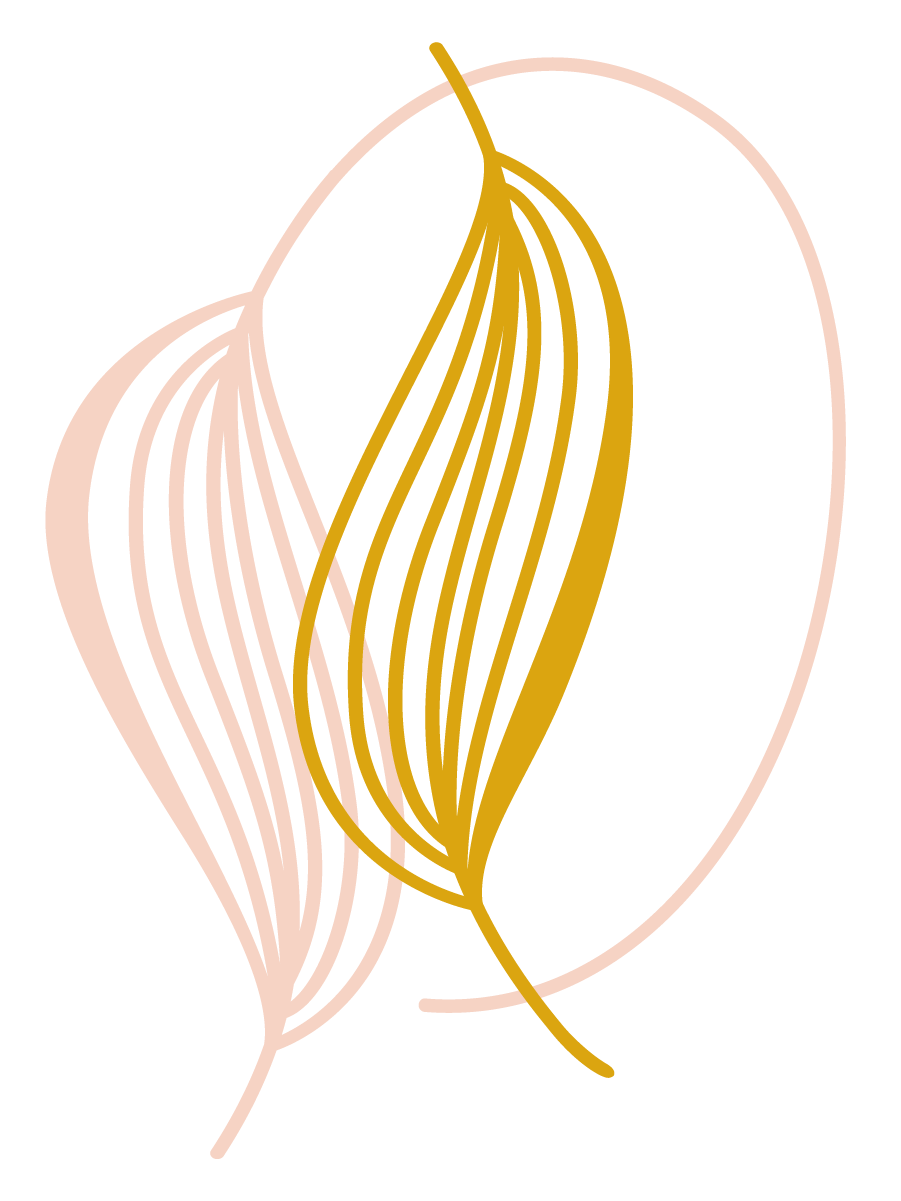Winter Solstice
Every year, a few days before Christmas, comes the winter solstice, an astronomical event that marks the shortest day and longest night of the year. It occurs annually on December 21st or 22nd in the Northern Hemisphere and June 20th or 21st in the Southern Hemisphere. It’s a night of celebration, to give thanks for another year closing and the birth of a new one on the horizon. Although it isn’t marking the end of the calendar year, it marks the end of a season and the beginning of another.
In many cultures, the winter solstice represents the rebirth of the sun and the return of longer days. It symbolizes the triumph of light over darkness and is a symbol of hope and renewal. Many ancient civilizations celebrated festivals such as Saturnalia and Yule during this time.
In Chinese medicine, this represents the turning of yin to yang, a phase that happens each day and night, each year, and in nearly every phenomenon we know. TCM is all about phases, the progression from stillness to action, and the ebb and flow of life as days and years pass.



